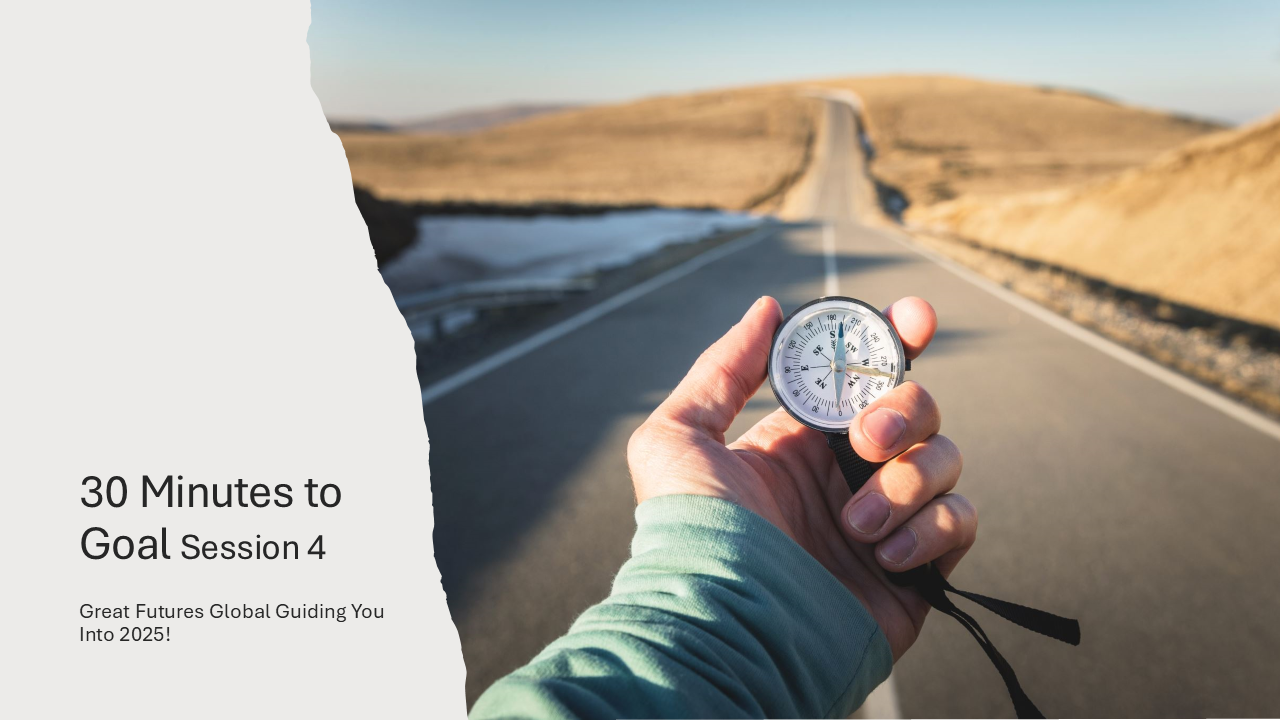So, you started the year with big plans, right? Motivated, energised, and ready to crush your goals.

But now, a few weeks in, it’s starting to feel like those resolutions are slipping away. Sound familiar? If so, you’re not alone. In fact if you read my last blog, you’ll know that we’ve just past ‘Quitters Day’. International recognition that the majority of New Year’s resolutions get binned at or around the end of the second week in January. So first of all pat your self on the back for even reading this!
Because you see, the problem isn’t you it’s just that resolutions like all behavioural change needs more than good intentions, they even need to have more than a strong WHY. They need to be turned into habits, habits that work for you, day in and day out to become part of who you are.
Habits: The Brain’s Secret Weapon
Habits make life easier for your brain. They automate behaviours so you don’t have to think too much about them—like brushing your teeth or grabbing your phone when you wake up.
And more often than not these habits are so ingrained, most of us would feel odd with out them, imagine leaving the house without brushing our teeth.
But how do habits work?
Cue. Routine. Reward…That’s the habit loop. Your brain looks for a cue, performs the routine, and gets a reward. It’s classic conditioning, just like Pavlov’s dogs. Pavlov rang a bell directly before his dogs got food, and eventually, the bell alone made them salivate in anticipation of receiving the food.
Many years ago, my route to work meant I walked past a wonderful bakery every day, and at first it was novel to pop in and buy a scone with butter (and it was real butter too!). The people on the counter were very friendly and soon they recognised me and would ask if I wanted the usual, which of course I did, and you can guess it wasn’t long before that extra 400+ calories every morning turned into a fair few unwanted extra pounds! Cue – Routine – Reward 🙄
The key takeaway? Your brain craves that reward, but if you use this loop wisely, you can teach it to crave positive actions.
Your Environment Shapes Your Habits
Want your new habits to stick? In: ‘Why we Give up, Procrastinate or Stay in our Comfort Zone’, I discussed the benefit of habit stacking – AKA attaching a new habit to an already established habit, and you can go a step further by intentionally making your environment work for you. Want to work out in the morning? Lay out your gym clothes the night before. Want to close your lap top at 5pm make a non-negotiable promise to your kids. Trying to cut down on mindless snacking? Don’t keep crisps in the cupboard! Want to swerve the pub on your way home, change your route…
Your social environment counts too. If you can surround yourself with people who share or support your goals, you’re more likely to succeed. It’s a lot easier to build positive habits when you’re not swimming against the tide.
And if you’re struggling to come up with your own solution or you’re already coming up with reasons you ‘can’t’ do any of the above check out below…
Addictive Behavior: The Dark Side of Habits
Addiction is defined by the NHS as not having control over doing, taking or using something to the point where it could be harmful to you.
The most common reason bad habits are so easy to form is because they tend to provide instant gratification. Checking social media, snacking, binge-watching shows all give us quick dopamine hits.
And just like my daily scone and butter on route to work become a bit of a ritual, you could find that the something you do or did occasionally has escalated into a regular unhealthy or unwanted habit. If this is the case rather than just trying to stop the bad habit; you need to focus on replacingit with a better one. Instead of saying, “I’m going to stop snacking after dinner,” try, “I’m going to replace my evening snack with a cup of tea.”
And remember the environment tip from earlier? Change it up. If certain places or people trigger your bad habits, make a conscious effort to avoid them or switch up your routine. You’ll thank yourself later.
The key here is recognising the Cue. Often we have an emotional attachment to our habits but if we’re resolute to make changes we have to do a bit of detective work. We need to understand our triggers or precursors.
If you’ve recently realised that it’s a bit more than personal or professional development, and the habit you want to change is a form of self medication you may want to find some professional help. Change isn’t a straight line, and that’s okay. Enter the Cycle of Change: You’ll go through stages thinking about the change, preparing for it, taking action, and sometimes, slipping up. The goal is to keep moving forward, even if it’s not perfect. Progress is what counts.
In Summary: Turning resolutions into habits doesn’t have to feel like climbing a mountain. With the right environment, a little understanding of your brain’s tricks, and some patience, you can create habits that work for you not against you.



